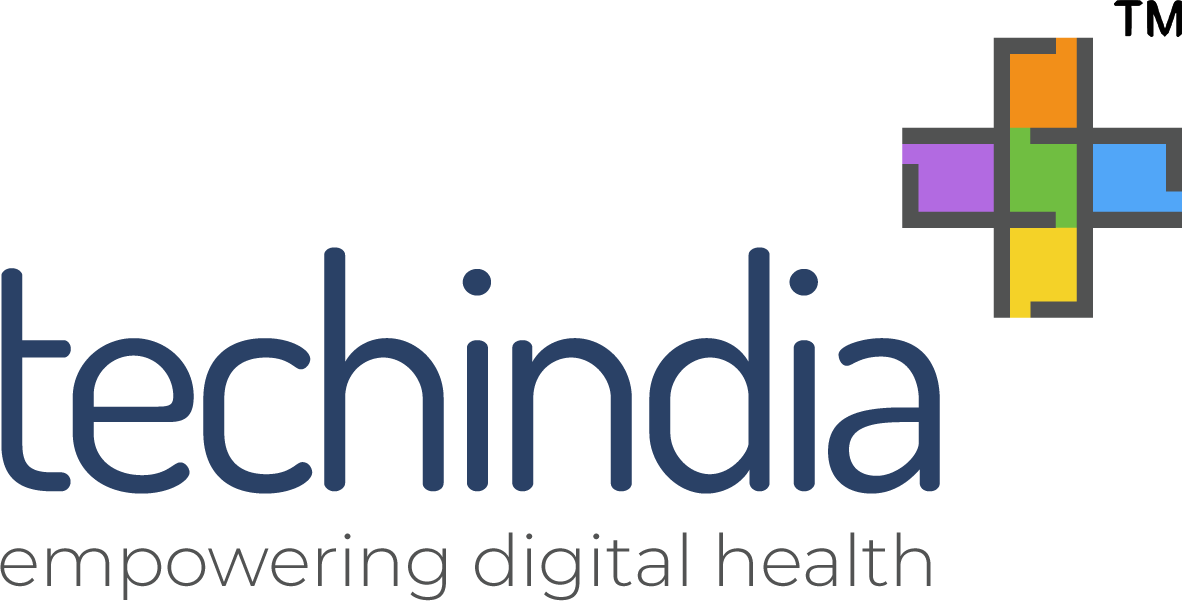- Posted: 20 Apr 2021
The Increasing Relevance of Sleep Monitoring
The medical world is slowly, but surely, waking up to the importance of understanding the various aspects of sleep and its link to several life-threatening conditions. It is becoming increasingly clear that sleep could either be the cause or a symptom in many medical diagnoses. What’s more alarming is the steady rise in sleep-related problems and a lack of awareness, availability and access to facilities to test these conditions, leaving physicians helpless while millions are left undiagnosed and untreated for several sleep disorders across the world.
To understand the impact of sleeping habits on an individual’s health, physicians need precise information on their sleeping habits. Assumptions rarely help as patients themselves are not aware of their sleep behavior (snoring for instance) making it impossible to rely on their self-evaluation or the observations by families as they can at best provide basic information that may not lead to any clear diagnosis. Sleep quality and the extent of its impact on various aspects of the patient’s health are best captured through clinical procedures and technology built for monitoring sleep.
Most disorders need an in-depth investigation into the sleep behaviors and patterns of the patient. It is necessary to perform overnight testing to capture physiological data that is vital to determining the diagnosis and right treatment options for the condition. Such comprehensive data is best acquired through clinical sleep evaluations and tests done by facilities regulated under HIPPA guidelines that ensure reporting quality and standards.
Reports at Techindia are manually interpreted, stored and analyzed by sleep physicians and Registered Polysomnographic Technologists who are certified and regularly tested by the AASM board. Inter-scorer reliability tests are regularly conducted by the board to validate their diagnostic skills and abilities to ensure up-to-date standards that maintain reporting accuracy. It helps to be well informed on the various services and tests that can be utilized in the diagnosis of apnea.
A Full PSG test is often the most common procedure recommended by physicians for adults and children. The laboratories are required to be accredited by AASM to perform the tests. Paediatric Sleep Study facilities employ methods and staff to ensure the safety and comfort of children. PSG with extended electroencephalography (EEG) is suggested in some complicated cases for an extensive examination to arrive at the right diagnosis.
In addition to this, the advancements in technology and devices to study sleep have made it possible for patients to be tested by ambulatory and home sleep study. These services are provided at the comfort of the patient’s home using portable equipment. The results are equivalent to studies conducted at a sleep lab.
During the test, a complete night’s sleep cycles and stages are monitored to capture various involuntary movements and activity. It requires trained technicians along with advanced equipment and technology. It is usually conducted in a sleep laboratory and patients are required to sleep overnight.
Several types of PAP therapies are used in treating and testing sleeping disorders a Split PSG is one such procedure. During a Split PSG, the patient is monitored for two hours to capture the various physiological parameters captured in a full PSG in the first half of the test. In the second half, the patient is woken up to wear Continuous Positive Airway Pressure (CPAP) equipment. It is used to perform CPAP titration to rectify the breathing and snoring while the patient is asleep. The apparatus is removed in the morning after the necessary data is collected to determine the diagnosis and treatment.
In some cases, bi-level therapy may be prescribed depending on the patient needs. Bi-level therapy, similar to CPAP, is a non-invasive procedure where the air pressure has two pressure settings that can be adjusted to the exhalation and inhalation of the patient’s breathing and is recommended for severe cases of Sleep Apnea.
Excessive sleepiness is often an indication of serious health issues or sleeping disorders such as Narcolepsy and idiopathic hypersomnia. Multiple Sleep Latency Test (MSLT) is used to diagnose and study the seriousness of the condition, it is also called a Nap Study. Patients are woken up every time they fall asleep to observe if they go back to sleep immediately. Five sessions are conducted similarly with sensors attached to the patients in order to monitor the EKG, EEG and other parameters.
Several high-risk jobs require employees to be cleared of any sleep-related problems qualify for the positions that involve driving, handling heavy machinery, security etc. Maintenance of Wakefulness Test (MWT) is conducted in these cases to detect any sleep-related problem. The individual’s ability to stay awake for a period of time or how quickly they fall asleep determines the results. The test is conducted in a dark room where the patient is asked to remain awake for as long as possible. If the wakeful state is maintained for 40 minutes the test is ended. Four sessions with a two-hour break are performed and sensors are used to monitor and record the patient’s vitals.
The need for tests and facilities that can meet the demand is growing as stress-inducing factors invade our lifestyle adding more sleep-related issues to the list every day. Sleep technology has caught up with this reality and is only waiting for healthcare providers and patients worldwide to become aware of the treatment and diagnosis options available to them.
Recent Post

We're helping some of the most respected names in healthcare deliver measurably better outcomes. Let us show you what personally Human & AI integrated solution can do for your organization. While filling the form, please fill in the information more specifically that you are looking for.
Thank you for your query! We will get back to you shortly!!

